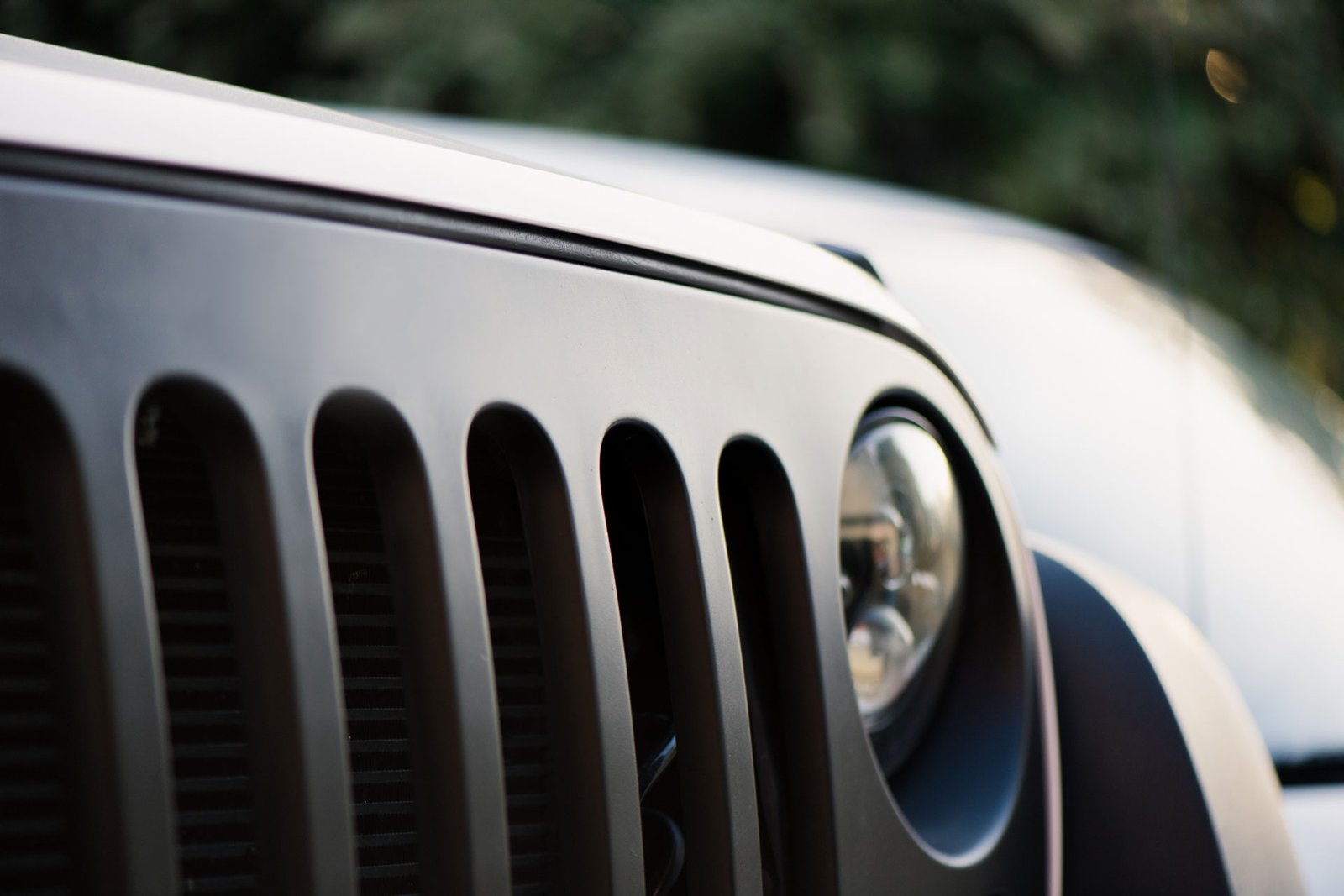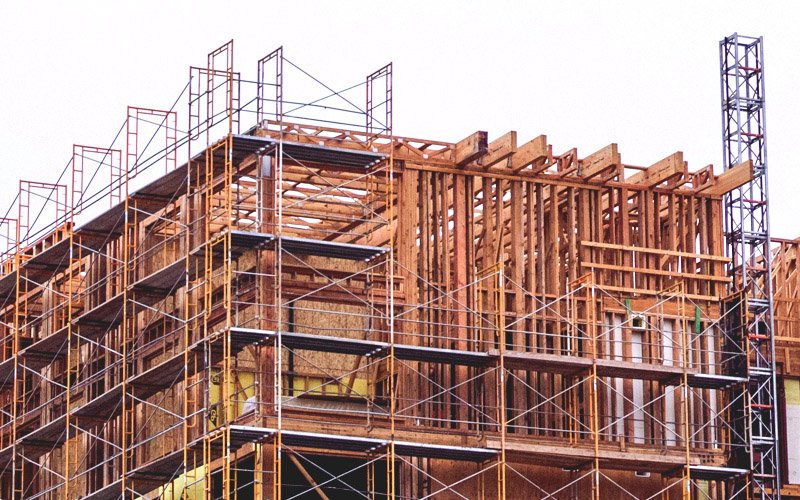
2017 Divi Lead
$19,345
The Complete Guide to Cat DPF Delete: Performance Benefits and Considerations
For Cat engine owners seeking improved performance and fuel economy, understanding the implications of a DPF delete is essential before making any modifications. The decision to remove your diesel particulate filter requires careful consideration of performance benefits, legal concerns, and proper implementation techniques. This comprehensive guide will walk you through everything you need to know about Cat DPF delete options and how to approach them responsibly.
Introduction to DPF Solutions
The diesel particulate filter (DPF) is a critical component in modern Cat engines designed to reduce harmful emissions, but it can sometimes create performance challenges that lead owners to explore alternative solutions. As environmental regulations have tightened over the years, manufacturers like Caterpillar have implemented increasingly complex emissions systems, with the DPF playing a central role in capturing soot particles before they exit through the exhaust.
While the environmental benefits are clear, many Cat engine owners report experiencing issues related to their DPF systems:
- Reduced engine performance and power output
- Decreased fuel efficiency during regeneration cycles
- Frequent maintenance requirements and downtime
- Potential for costly repairs when systems malfunction
Understanding how your DPF system works is the first step in determining whether modification is appropriate for your situation. The filter uses a physical barrier to trap particulate matter, which must then be burned off through a process called regeneration. This regeneration cycle consumes additional fuel and can impact overall engine performance.
Many Cat owners find themselves researching DPF solutions when facing recurring issues or seeking improved engine efficiency. While complete DPF deletion is one option, it’s worth exploring all alternatives, including enhanced maintenance routines and performance-oriented modifications that maintain emissions compliance.
DPF Delete and Its Implications
A Cat DPF delete involves removing the diesel particulate filter system to eliminate restriction in the exhaust flow, potentially unlocking significant performance benefits while raising important legal and environmental considerations. This modification typically includes both physical removal of components and reprogramming of the engine’s computer systems to prevent error codes and optimize performance.
The potential benefits of a DPF delete include:
- Increased horsepower and torque
- Improved fuel economy (often 10-20% better according to many owners)
- Elimination of regeneration cycles and associated downtime
- Reduced maintenance costs and extended engine life
- More responsive acceleration and better overall performance
However, these benefits come with significant considerations that cannot be overlooked:
Legal Considerations: In many regions, removing emissions equipment like a DPF is illegal for on-road vehicles. The legality varies by location, with some areas allowing off-road or agricultural exceptions. Before proceeding with a Cat DPF delete, thoroughly research local laws and understand that modifications may void warranties and potentially result in fines if used in non-compliant applications.
Environmental Impact: DPF systems were designed to reduce harmful particulate emissions, and removing them will increase your engine’s environmental footprint. This environmental consideration is important even beyond legal compliance, as particulate emissions can impact air quality.
Installation Requirements: A proper DPF delete requires more than just removing physical components. The engine control module (ECM) must be reprogrammed to prevent error codes and optimize performance without the DPF system in place. This typically requires specialized equipment and knowledge.
When considering a DPF delete kit for your Cat engine, quality matters significantly. Poor-quality components or incomplete programming can lead to performance issues, damage to other engine systems, and potentially costly repairs. Working with experienced professionals who understand Cat engines specifically is strongly recommended.
Understanding DPF Components
Before considering a DPF delete for your Cat engine, it’s essential to understand the complex system of components that make up the diesel particulate filtration system and how they work together. A complete DPF system in a Cat engine typically includes:
- The Filter Element: The ceramic filter itself that physically traps particulate matter from the exhaust. This element is designed to capture soot particles produced during the combustion process, preventing them from being released into the atmosphere. Over time, the filter accumulates these particles and requires periodic regeneration or cleaning to maintain proper function.
- Pressure Differential Sensors: Monitor pressure before and after the filter to determine soot load levels. These sensors detect how much the filter is clogged by measuring the difference in exhaust gas pressure across the filter. A higher pressure differential indicates a higher soot buildup, signaling the need for regeneration or maintenance.
- Temperature Sensors: Track exhaust temperatures to manage regeneration cycles. Proper temperature monitoring ensures that the filter reaches the necessary heat levels to burn off accumulated soot during active regeneration. If temperatures are too low, regeneration may not occur efficiently, leading to clogging and potential engine issues.
- Dosing System: In some setups, this injects fuel to initiate regeneration. The dosing system adds precise amounts of fuel into the exhaust stream to increase the temperature within the DPF, enabling the combustion of soot particles during active regeneration cycles. This system is crucial for maintaining filter cleanliness and engine performance.
- EGR System: Works in conjunction with the DPF to reduce overall emissions. The Exhaust Gas Recirculation (EGR) system redirects a portion of exhaust gases back into the engine intake, lowering combustion temperatures and reducing nitrogen oxide (NOx) emissions. Together with the DPF, the EGR system helps meet stringent emissions standards.
- Engine Control Module Integration: Software that manages the entire emissions system. The ECM continuously monitors sensor data and controls the operation of the DPF, dosing system, EGR, and regeneration processes. It ensures that the emissions components work harmoniously to optimize engine performance and comply with environmental regulations.
Understanding these components and how they interact is vital when considering a Cat DPF delete. Removing or bypassing these parts without proper adjustments can lead to engine errors, decreased performance, and potential damage. Proper reprogramming of the ECM and careful handling of sensors and hardware are necessary to ensure smooth operation post-deletion.
The DPF system operates through two main types of regeneration:
Passive Regeneration: Occurs naturally during normal operation when exhaust temperatures reach sufficient levels to burn off accumulated soot, typically during highway driving or under heavy load.
Active Regeneration: Triggered by the ECM when sensors detect high soot accumulation, this process injects additional fuel to increase exhaust temperatures and burn off particulates. This can temporarily increase fuel consumption and reduce performance.
When a DPF becomes clogged or fails to regenerate properly, it creates backpressure in the exhaust system. This backpressure forces the engine to work harder, reducing efficiency and potentially causing damage over time. Warning signs of DPF issues include:
- Engine power loss and performance degradation
- Increased fuel consumption
- Warning lights on your dashboard
- Frequent regeneration cycles that interrupt normal operation
- Engine entering “limp mode” due to excessive backpressure
Understanding these components helps explain why a complete DPF delete often results in performance improvements—it eliminates the restriction caused by the filter and removes the need for regeneration cycles that consume extra fuel.
Service Title
Lorem ipsum dolor sit amet, consectetur adipiscing elit. Phasell sed nibh dignissim, cursus tellus sit amet, ultrices mauris. Aliquam
Service Title
Lorem ipsum dolor sit amet, consectetur adipiscing elit. Phasell sed nibh dignissim, cursus tellus sit amet, ultrices mauris. Aliquam
Service Title
Lorem ipsum dolor sit amet, consectetur adipiscing elit. Phasell sed nibh dignissim, cursus tellus sit amet, ultrices mauris. Aliquam
Service Title
Lorem ipsum dolor sit amet, consectetur adipiscing elit. Phasell sed nibh dignissim, cursus tellus sit amet, ultrices mauris. Aliquam
Service Title
Lorem ipsum dolor sit amet, consectetur adipiscing elit. Phasell sed nibh dignissim, cursus tellus sit amet, ultrices mauris. Aliquam
Service Title
Lorem ipsum dolor sit amet, consectetur adipiscing elit. Phasell sed nibh dignissim, cursus tellus sit amet, ultrices mauris. Aliquam

Caterpillar ECM tuning
Caterpillar ECM tuning is a critical aspect of optimizing engine performance, especially after modifications such as a Cat DPF delete. The ECM (Engine Control Module) acts as the brain of your engine, controlling fuel injection, timing, boost pressure, and emissions systems. When the diesel particulate filter is removed, the ECM must be reprogrammed to adjust for the absence of the DPF and to prevent error codes and engine faults.
Proper ECM tuning involves several key adjustments:
- Error Code Elimination: The ECM is programmed to detect and respond to sensor inputs related to the DPF system. After removal, these inputs no longer exist, which can trigger fault codes. Tuning removes or disables these error triggers to ensure smooth engine operation.
- Fuel Mapping Optimization: Without the need for regeneration cycles, the ECM can be tuned to optimize fuel delivery for better performance and fuel economy. This adjustment can lead to improved horsepower and torque.
- Timing and Boost Adjustments: Fine-tuning injection timing and turbocharger boost pressure helps maximize engine efficiency and power output while ensuring safe operation without the DPF.
- Sensor Parameter Updates: Remaining sensors in the exhaust and intake system may require recalibration to function correctly within the modified setup.
Professional ECM tuning for Caterpillar engines requires specialized software and expertise. Incorrect or incomplete tuning can cause engine damage, reduced performance, or increased emissions. Many owners choose to work with experienced tuning shops familiar with Cat engines to ensure the best results.
In addition to supporting DPF deletes, ECM tuning can also be used to implement other performance upgrades, such as enhanced exhaust systems, cold air intakes, and fuel system enhancements. These combined modifications can significantly improve overall engine responsiveness and efficiency.
Regular monitoring after ECM tuning is recommended to ensure the engine operates within safe parameters. Using diagnostic tools to check for any abnormal sensor readings or error codes helps maintain engine health and performance over time.
ECM Tuning and High-Performance Upgrades
Properly tuning your engine’s Electronic Control Module (ECM) after a DPF delete is not just recommended—it’s essential for optimal performance and to prevent potential damage to your Cat engine. The ECM controls virtually every aspect of your engine’s operation, and when major components like the DPF are removed, programming adjustments are required.
The Importance of Professional Tuning
After a Cat DPF delete, your ECM will continue to expect sensor input from the removed components and may attempt to initiate regeneration cycles that are no longer possible. Without proper reprogramming, this can lead to:
- Persistent check engine lights and error codes
- Engine performance issues or power limitations
- Potential damage to remaining components
- Inefficient fuel mapping that negates potential efficiency gains
Professional ECM tuning after a DPF delete typically includes:
- Error Code Elimination: Preventing trouble codes related to missing DPF components
- Fuel Mapping Adjustments: Optimizing fuel delivery for performance without regeneration requirements
- Timing Adjustments: Modifying injection timing for improved efficiency and power
- Boost Pressure Adjustments: Fine-tuning turbocharger performance for optimal air-fuel ratios
- Sensor Parameter Updates: Adjusting parameters for remaining sensors to work correctly in the modified system
Additional Performance Upgrades
Many Cat engine owners who perform a DPF delete also consider complementary modifications to further enhance performance:
Exhaust System Upgrades: Installing a higher-flowing exhaust system can maximize the benefits of removing flow restrictions, further improving performance and efficiency.
Cold Air Intake Systems: Enhancing airflow to the engine complements the improved exhaust flow, creating a more efficient overall air path.
Turbocharger Modifications: With emissions restrictions removed, turbocharger adjustments can provide significant power increases.
Fuel System Enhancements: Upgraded injectors or fuel pumps can help deliver the precise amount of fuel needed for optimal performance.
When approaching these modifications, working with experienced professionals is crucial. A qualified shop will understand the interdependencies between systems and can ensure that all modifications work together harmoniously.
Regular monitoring and maintenance remain important after modifications. Using diagnostic tools to check engine parameters periodically can help identify any issues before they become serious problems. Additionally, some owners choose to install aftermarket monitoring systems that provide real-time data on engine performance metrics.
Legal and Practical Considerations for DPF Deletion
Before proceeding with a Cat DPF delete, it’s essential to thoroughly understand the regulatory landscape in your area. While performance benefits are attractive, the legal implications vary significantly by location and application:
Legal Framework
- On-Road Applications: In most countries and states, removing emissions equipment like DPFs from on-road vehicles violates clean air regulations. In the United States, for example, the EPA has been increasingly enforcing against both businesses that perform these modifications and individual vehicle owners.
- Off-Road and Agricultural Use: Regulations may be different for equipment used exclusively off-road or in agricultural settings, but this varies by jurisdiction.
- Competition and Private Property Use: Some areas have exemptions for vehicles used exclusively in competition or on private property, though these exemptions are narrowing in many regions.
To avoid potential legal issues, thoroughly research regulations specific to your location and the intended use of your equipment. Consulting with legal experts familiar with emissions regulations can provide clarity on compliance requirements.
Practical Implementation Considerations
If you’ve determined that a DPF delete is appropriate for your specific situation, several practical considerations should guide your approach:
- Quality of Components: Invest in high-quality delete kits and tuning solutions specifically designed for Cat engines. Generic solutions rarely perform optimally with the unique characteristics of Caterpillar systems.
- Professional Installation: While DPF delete kits can be installed by experienced mechanics, professional installation ensures proper integration and reduces the risk of engine damage.
- Complete System Approach: Address all aspects of the modification, including physical component removal, sensor management, and comprehensive ECM tuning.
- Documentation and Records: Maintain thorough records of all modifications, especially if your equipment has specific exemptions from emissions requirements.
- Reversibility Considerations: In some cases, maintaining the ability to reinstall emissions equipment may be prudent for future compliance needs or resale purposes.
Alternative Solutions
For those concerned about legal implications or who want to maintain emissions compliance while addressing performance issues, several alternatives to complete DPF deletion exist:
- Enhanced DPF Cleaning Protocols: More frequent or thorough cleaning of existing DPF systems can alleviate many performance issues without removal.
- Upgraded DPF Systems: Aftermarket DPF solutions with improved flow characteristics can offer a middle ground between stock systems and complete removal.
- Tuning Within Compliance Parameters: Working with skilled tuners who can optimize performance while maintaining emissions compliance can provide meaningful improvements without crossing regulatory boundaries.
- Scheduled Regeneration Management: Implementing more effective regeneration cycles through tuning can reduce the negative impacts of the DPF system while keeping it functional.
Conclusion: Making an Informed Decision
Whether you’re considering a Cat DPF delete for performance reasons, reliability concerns, or specific application requirements, making an informed decision requires balancing multiple factors. The potential performance benefits—increased power, improved fuel economy, and reduced maintenance requirements—must be weighed against legal considerations, environmental impact, and installation requirements.
For many Cat engine owners, the ideal approach involves consulting with professionals who specialize in performance optimization while considering the specific context and requirements of their equipment. These experts can provide guidance tailored to your situation, helping you navigate the technical complexities and regulatory considerations.
Remember that proper implementation is crucial regardless of which path you choose. A professional approach to either maintaining and optimizing your existing DPF system or properly executing a delete procedure will yield the best results in terms of performance, reliability, and longevity for your Cat engine.
By understanding all aspects of the DPF system, from its components and operation to the implications of modification, you’ll be equipped to make the best decision for your specific needs while minimizing potential drawbacks and complications.
Get In Touch
(888) 123-4562
Location
2345 Divi St
San Francisco, CA 94222
info@diviauto.com
Open Hours
Mon:10am – 5pm
Tue: 10am – 5pm
Wed: Closed
Thur: 10am – 5pm
Fri: 10am – 3pm
Sat: 10am – 3pm
Sun: Closed


